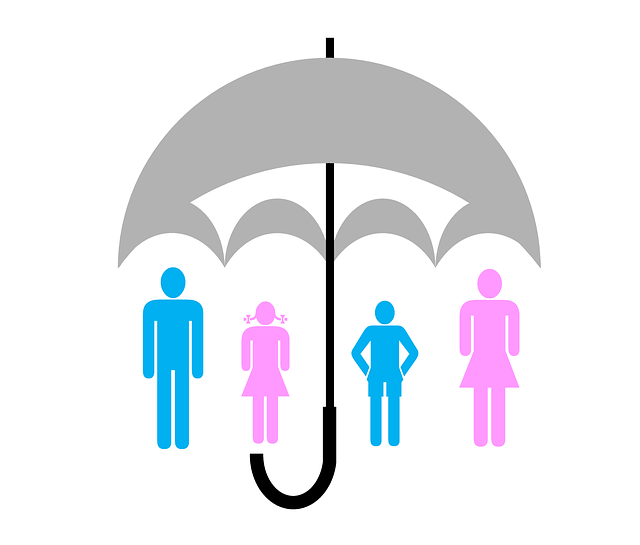Liability insurance is a crucial component of vehicle ownership, providing financial protection against accidents causing harm or damage to others. It covers medical expenses, legal fees, and compensation for injured parties, mitigating risks associated with at-fault incidents. Understanding its scope, including bodily injury and property damage liabilities, is essential for informed coverage decisions. Policyholders should assess personal risk factors and driving history when choosing policies, reviewing exclusions carefully to ensure adequate protection. Tailored riders can enhance coverage for specific driving habits or fleet needs, optimizing peace of mind. In today's world, having liability insurance is not just recommended but essential for responsible vehicle ownership and safety.
In today’s world, with diverse vehicle ownership, ensuring comprehensive liability coverage is paramount. This article delves into the intricacies of liability insurance, clarifying what it entails and why it’s non-negotiable for all vehicles. We explore various policy types, offering insights on selecting adequate protection. Understanding common exclusions is crucial, as well as considering enhancements for a safety net that extends beyond the basics. Discover how to navigate these options for unparalleled peace of mind on the road.
Understanding Liability Insurance: What It Covers

Liability insurance is a crucial component of any comprehensive vehicle coverage. It protects policyholders from financial loss in case they are held responsible for damages or injuries caused to others in an accident. This type of insurance covers medical expenses, legal fees, and compensation for pain and suffering for those injured in the incident.
When you have liability insurance, it acts as a shield against potential financial burdens. It ensures that if you’re at fault in an accident, your insurance company will step in to cover the costs associated with the claim. This includes paying for repairs or replacements of damaged property and providing support for any ongoing medical treatments required by those involved. Understanding what liability insurance covers is essential when considering overall vehicle protection.
Why All Vehicles Need Liability Coverage

In today’s world, having liability coverage for all vehicles is not just a recommendation but an essential aspect of responsible ownership and safety. Every vehicle, regardless of its type or purpose, poses potential risks to others on the road. Liability insurance serves as a shield against financial repercussions in case of accidents or damages caused by your vehicle. It protects you from costly lawsuits and medical bills that may arise from incidents like property damage, personal injury, or even death.
Without adequate liability coverage, owners could find themselves facing significant financial burdens. This insurance provides peace of mind, ensuring that if an accident occurs, the financial burden is manageable. It’s a responsible step towards mitigating risks and demonstrating care for others sharing the road. Moreover, many jurisdictions legally mandate specific levels of liability insurance for all vehicles to ensure minimal protection for drivers, passengers, and other road users.
Different Types of Liability Insurance Policies

Liability insurance is a crucial component of vehicle ownership, offering protection against financial losses due to accidents or damages caused to others. There are several types of liability insurance policies available, each tailored to specific needs and scenarios. One of the most common is auto liability insurance, which covers damages to other vehicles and properties in case of an accident involving your insured vehicle. This policy typically includes both bodily injury liability and property damage liability.
Bodily injury liability shields policyholders from medical expenses and legal costs arising from injuries sustained by third parties in a vehicle collision. Property damage liability, on the other hand, compensates for repairs or replacements to others’ vehicles or properties damaged during an insured incident. Understanding these policies is essential when considering comprehensive vehicle coverage, ensuring drivers are adequately protected against potential financial burdens stemming from liability claims.
How to Choose the Right Liability Coverage

When selecting liability coverage for your vehicles, it’s crucial to strike a balance between comprehensive protection and cost-effectiveness. Start by evaluating your personal risk profile and driving history. If you’re a safe driver with no significant claims, a standard policy might suffice. However, if you often drive in high-risk areas or have a history of accidents, consider higher limits for both bodily injury and property damage.
Research different insurance providers and their offerings to find the best fit. Compare policies based on coverage limits, deductibles, and exclusions. Remember, liability insurance protects you from financial loss in case of an accident, so ensuring you have adequate coverage is essential. Look for reviews and testimonials to gauge customer satisfaction before making a decision.
Common Exclusions in Liability Insurance Policies

Liability insurance policies, while designed to protect individuals and businesses from financial loss in the event of an accident, often come with specific exclusions. Understanding these is crucial for policyholders to know what isn’t covered under their liability insurance. Common exclusions include situations where the insured was under the influence of drugs or alcohol at the time of the incident, as well as willful acts intended to cause harm. Additionally, policies usually don’t cover damages arising from certain types of business activities, like illegal operations or those involving hazardous materials if not handled properly.
Another significant exclusion is for events occurring when the insured vehicle is being used for racing, stunting, or other non-licensed competitive events. Furthermore, liability insurance doesn’t typically cover injuries or damages that occur off the road, such as on someone’s property, unless it’s part of a covered activity like parking or loading. These exclusions vary across policies, so reviewing them thoroughly is essential to understand the exact scope of coverage.
Enhancing Your Protection: Additional Considerations for Comprehensive Liability Coverage

When considering comprehensive liability coverage for all your vehicles, it’s crucial to look beyond the basics and explore additional options that can significantly enhance your protection. Liability insurance is designed to shield you from financial burdens arising from accidents caused by your vehicle, but adding certain riders or policies can provide even more security.
Think about specific risks unique to your fleet or driving habits—such as towing responsibilities, off-road adventures, or commercial use—and ensure your liability coverage caters to these needs. Customized options may include enhanced medical payments for passengers, protection against lawsuit expenses beyond the policy limits, and coverage for property damage or loss resulting from an incident. Such additions can be invaluable in managing potential financial risks and ensuring peace of mind on the road.
